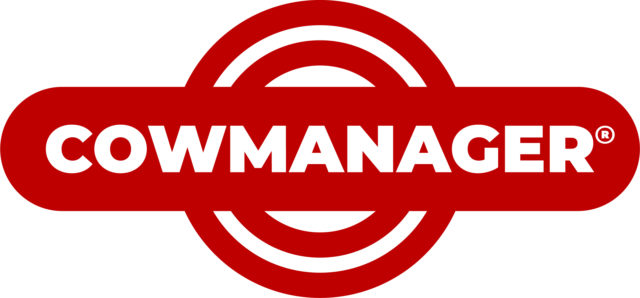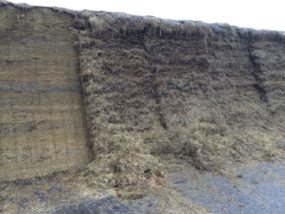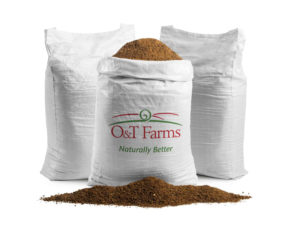Year in and year out, when the first snowflakes start to fall, the children at the grade school start discussing plans for their snow forts. Particularly, which class or group of friends will build the biggest fort. Then come the stories from older students about the forts they built, which, according to them, were the biggest ever.
While the plans are being made, they don’t usually consider the variables. Will there be measurable snow? Will it be wet enough to pack for building? Will the bitter cold stave off so they can continue to play outside? Will the next recess group claim it as their own?
This annual tradition reminds me of New Year’s resolutions. It’s easy to start making plans, defining your dreams and setting goals, but we don’t always account for the variables that often hinder or halt actions to fulfill our best-laid plans.
Typically, our resolutions and goals follow a linear structure. You might outline a regimen to follow or a series of small goals to accomplish a larger goal.
At a recent conference, the closing keynote speaker posed the question, “How do you want to grow?”
Growth can be thought of in a linear way, such as children growing taller or farms growing larger. Yet, we know that growth can also occur in even the strangest ways and places. We’ve seen flowers grow through a crack in the concrete or a tree growing on the side of a cliff.
When provided with enough nutrients, water and sunlight, plants will find a way to grow – whether out, up or sometimes both.
As you sit down to think about what you want to accomplish this year, ask yourself, “How do I want to grow?” Instead of focusing on the linear path, think about the nutrients, water and sunlight you need to make that happen. What new skills do you need to acquire? What tasks can you refine? How will you replenish and strengthen yourself personally to have the energy for all you want to accomplish? Allowing your growth to occur more naturally will help you sidestep those variables beyond your control.
Resolutions tend to end once you miss a step or a day in the regimen you outlined. It’s easy to let those reasons be excuses to stop. However, if you plan to grow in different ways, using the path of least resistance, by this time next year you’ll find out how much you’ve grown even in the most unlikely circumstances.
If we go back to the snow fort dreams, those children don’t have any specific plans for how they will build the biggest fort. Instead, they will work together, try different methods, see what works and what doesn’t, and, eventually, the fort will grow. Will it be the biggest one yet? No one knows. But it will be something more than what has been before.









